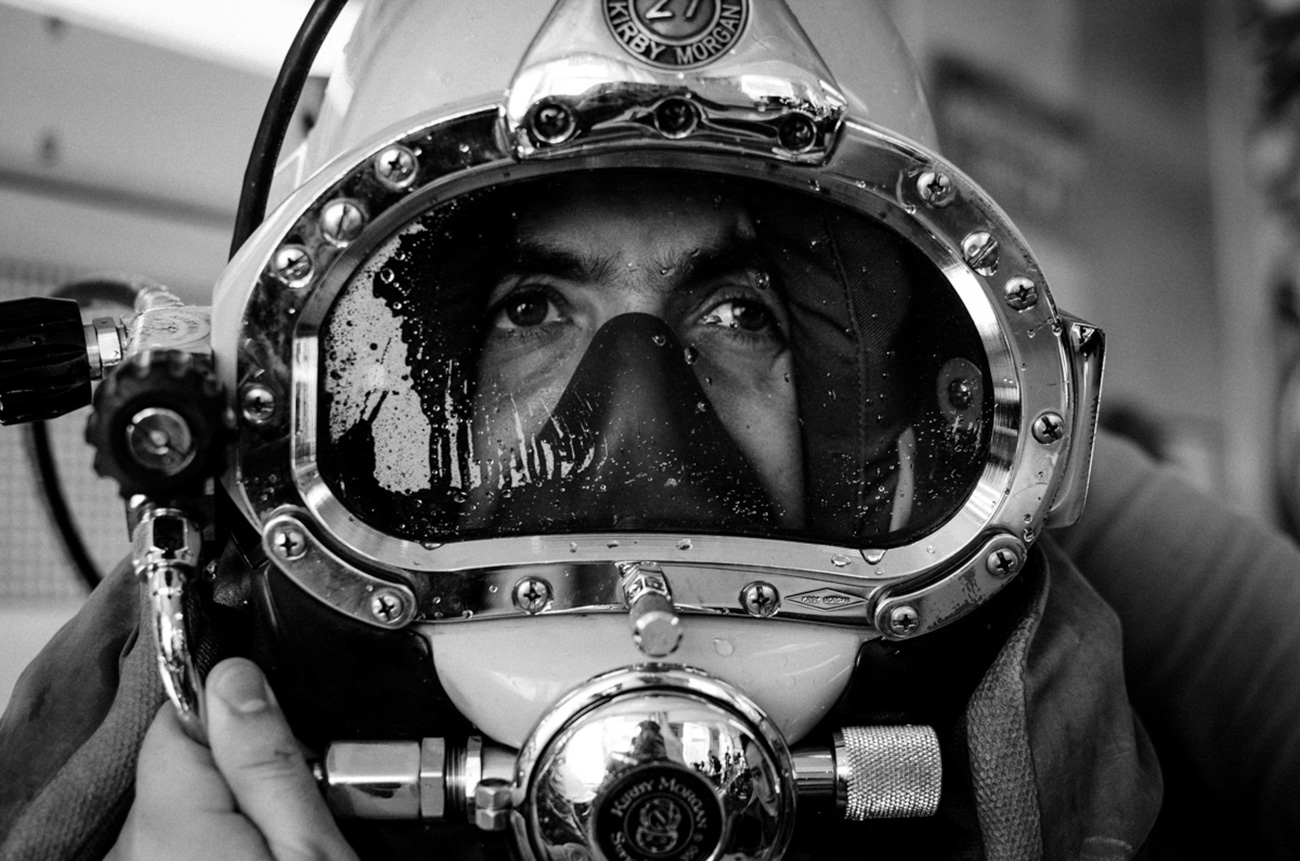
“Frogman is not a career; it’s a way of life!” claims Valery Ovcharenko, director of DOSAAF’s division that teaches sea skills, helping students dive headfirst into an elite underwater profession.
Based in St. Petersburg, DOSAAF is a Russian acronym that stands for Volunteer Society for Cooperation with the Army, Aviation, and Navy. Such societies were widespread during the Soviet period, and while they were civilian there has always been close cooperation with the army and navy to prepare people, especially youth, for military service. As for DOSAAF's specialized sea school, from the very beginning it has prepared divers, and it continues this mission today.
Frogmen were vital to Leningrad's survival during World War II (1941 - 1945) when the Germans besieged the city for 872 days, and when the only way to supply residents with food and fuel was on the Road of Life across Lake Ladoga.
The enemy was constantly bombing lines of supply and communications, and sometimes frogmen had to dive to recover bags of wheat or gasoline barrels from sunken barges. They also built an underwater gas pipeline and an electrical cable in 1942 that helped 2 million besieged people finally get light and heat.
 A frogman preparing for his immersion in the DOSAAF specialized sea school. / Artem Protsyuk
A frogman preparing for his immersion in the DOSAAF specialized sea school. / Artem Protsyuk
During the war DOSAAF's sea school prepared frogmen, as well as radio operators, who built communication lines underwater. After the war the school specialized in more peaceful tasks, for instance, training underwater welders.
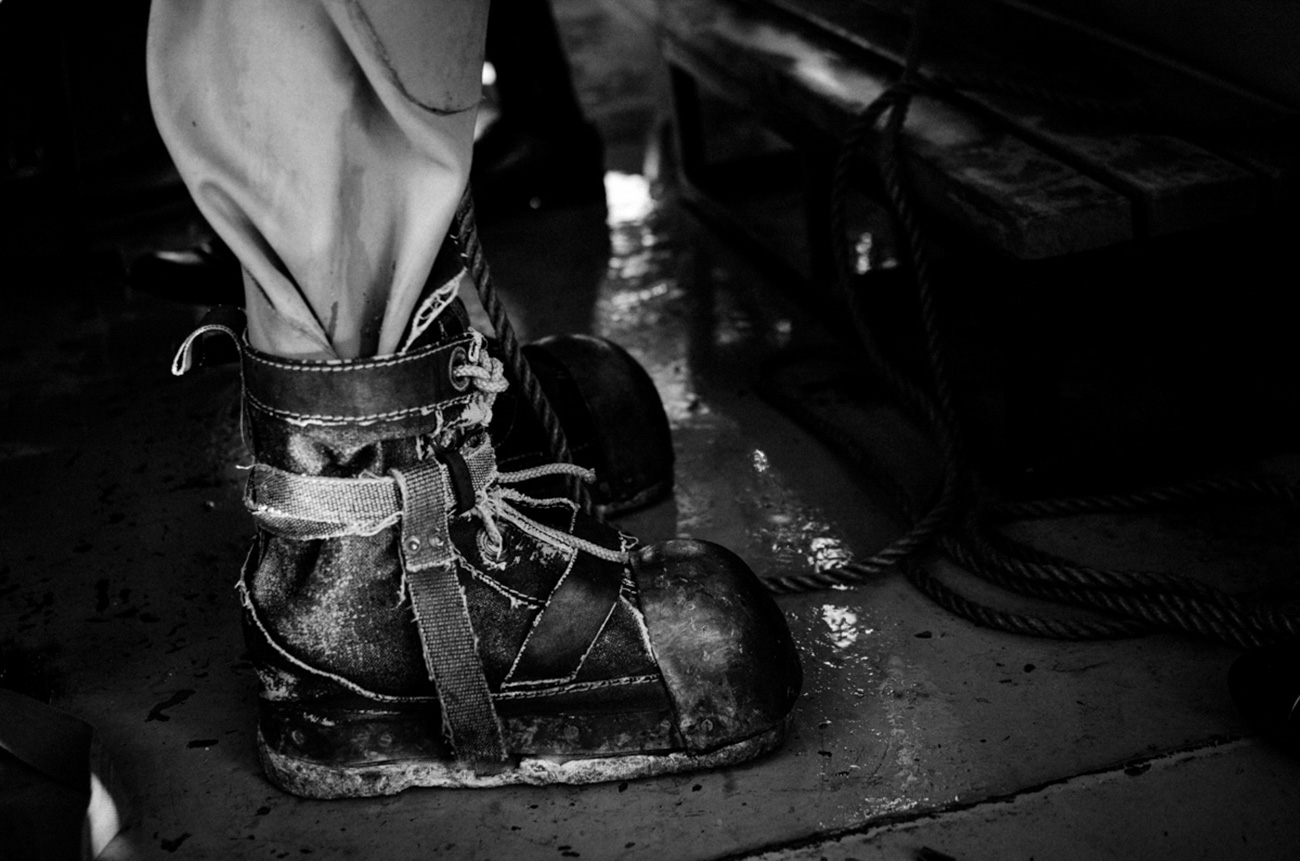 Frogman boots weigh around 21 - 23 kg. / Artem Protsyuk
Frogman boots weigh around 21 - 23 kg. / Artem Protsyuk
Diving equipment is heavy and complex so one of the most important goals is to help students practice underwater. That’s why every student spends between 11 to 20 hours in the underwater training area; (which determines the rank that a frogman qualifies for).
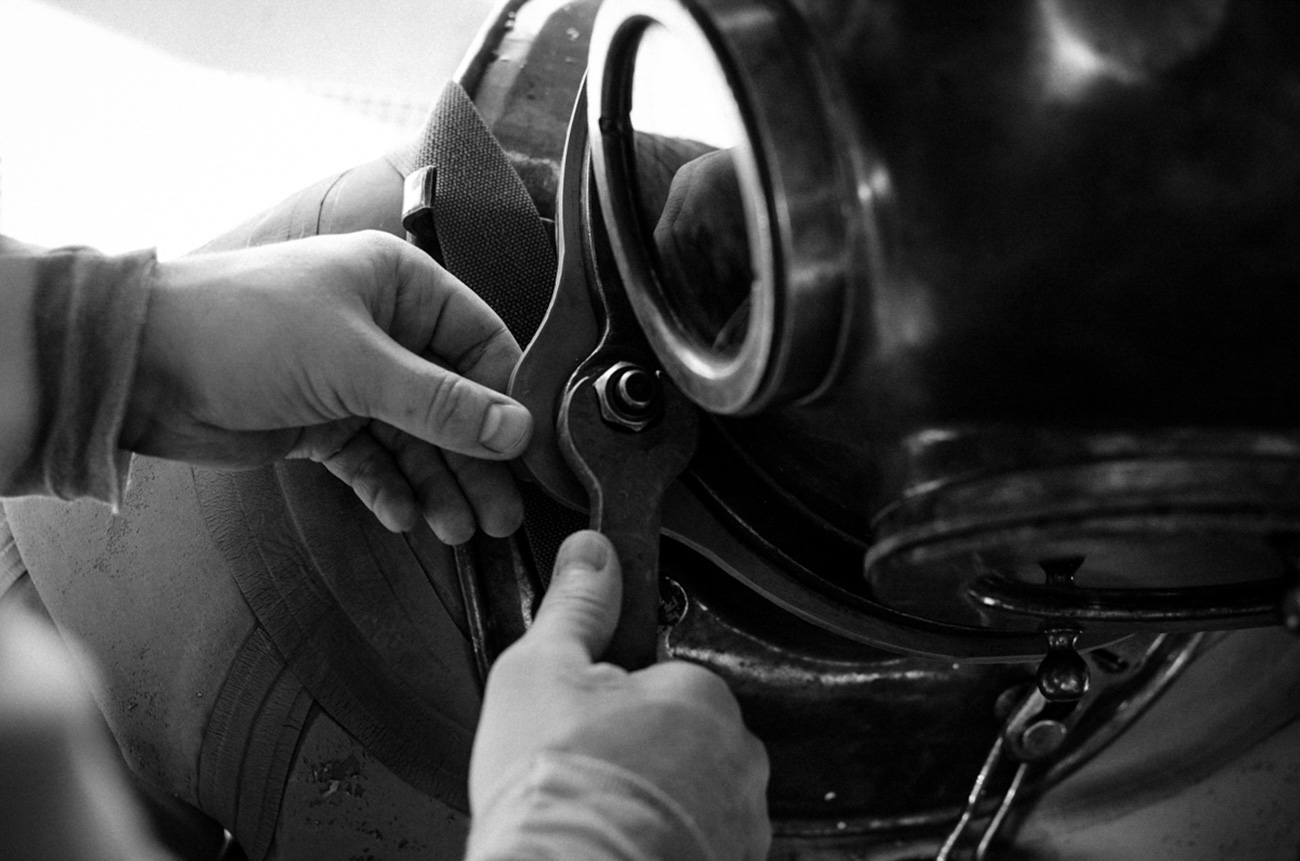 Frogman's helmet protects his head and allows to breathe underwater. / Artem Protsyuk
Frogman's helmet protects his head and allows to breathe underwater. / Artem Protsyuk
On the other hand, studying is not limited to diving. Theory and special skills also are important to study – for example, draftsmanship, rigging works, underwater videotaping and first aid.
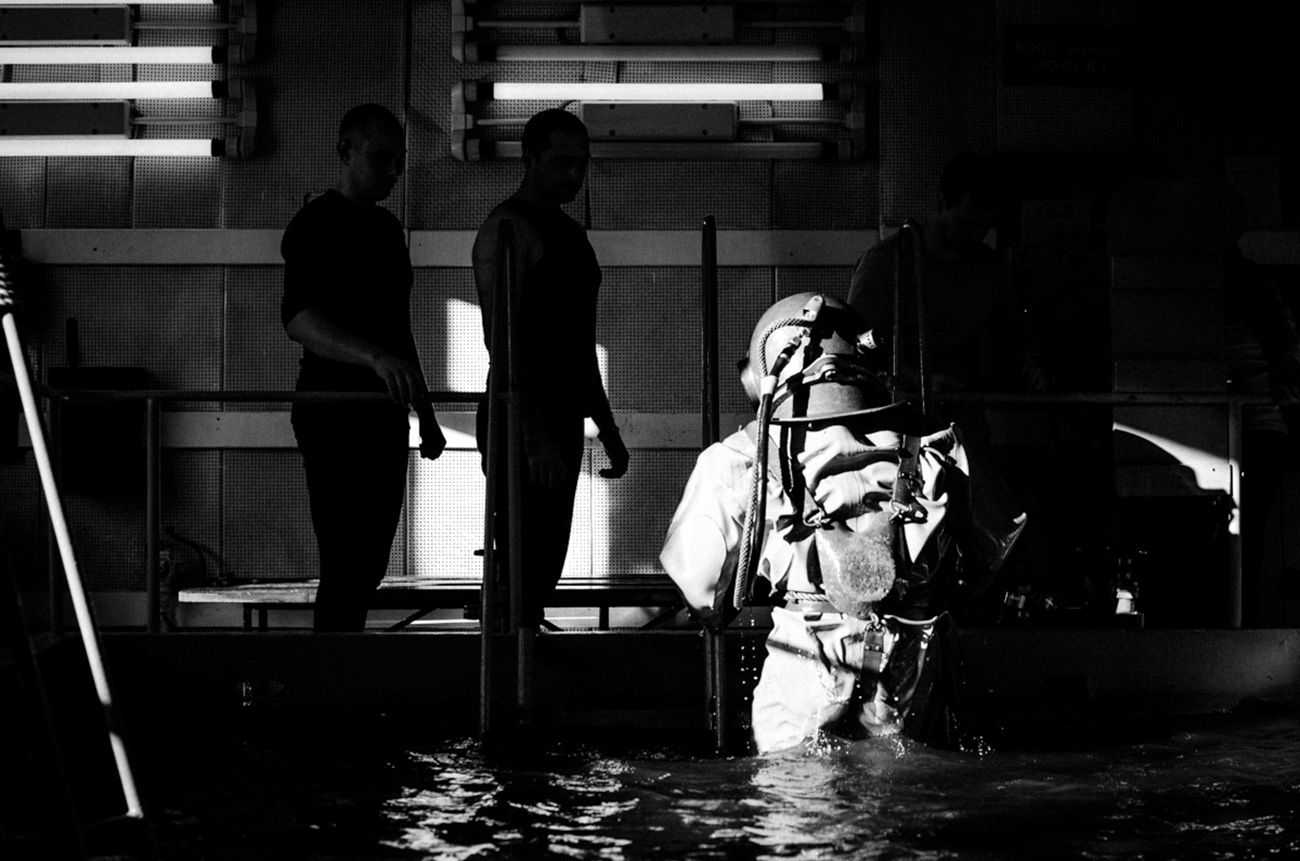 A frogman steps out the basin after his training is finished. / Artem Protsyuk
A frogman steps out the basin after his training is finished. / Artem Protsyuk
In the underwater training ground students face tasks similar to real-life situations. For instance, searching for metal screws scattered on the bottom of the pool, untangling rope knots or removing fallen objects. None of this is easy to do wearing equipment, but that’s what frogmen do.
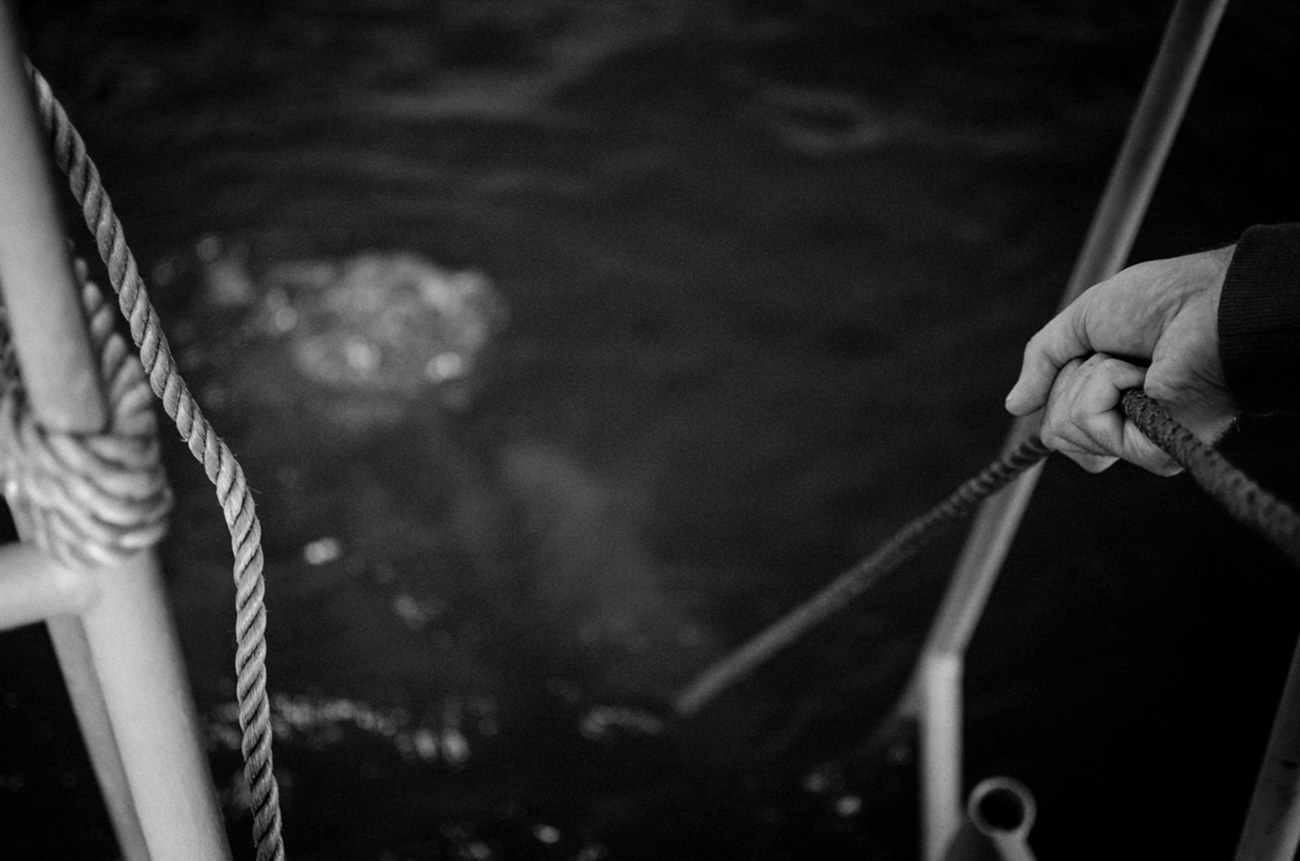 "A signal cable". / Artem Protsyuk
"A signal cable". / Artem Protsyuk
Students also learn to communicate with colleagues on land. Pulling a special cable (‘a signal cable’), the person underwater can send signals to the one above. For example, pulling once means, “I’m on the bottom, everything is okay.”
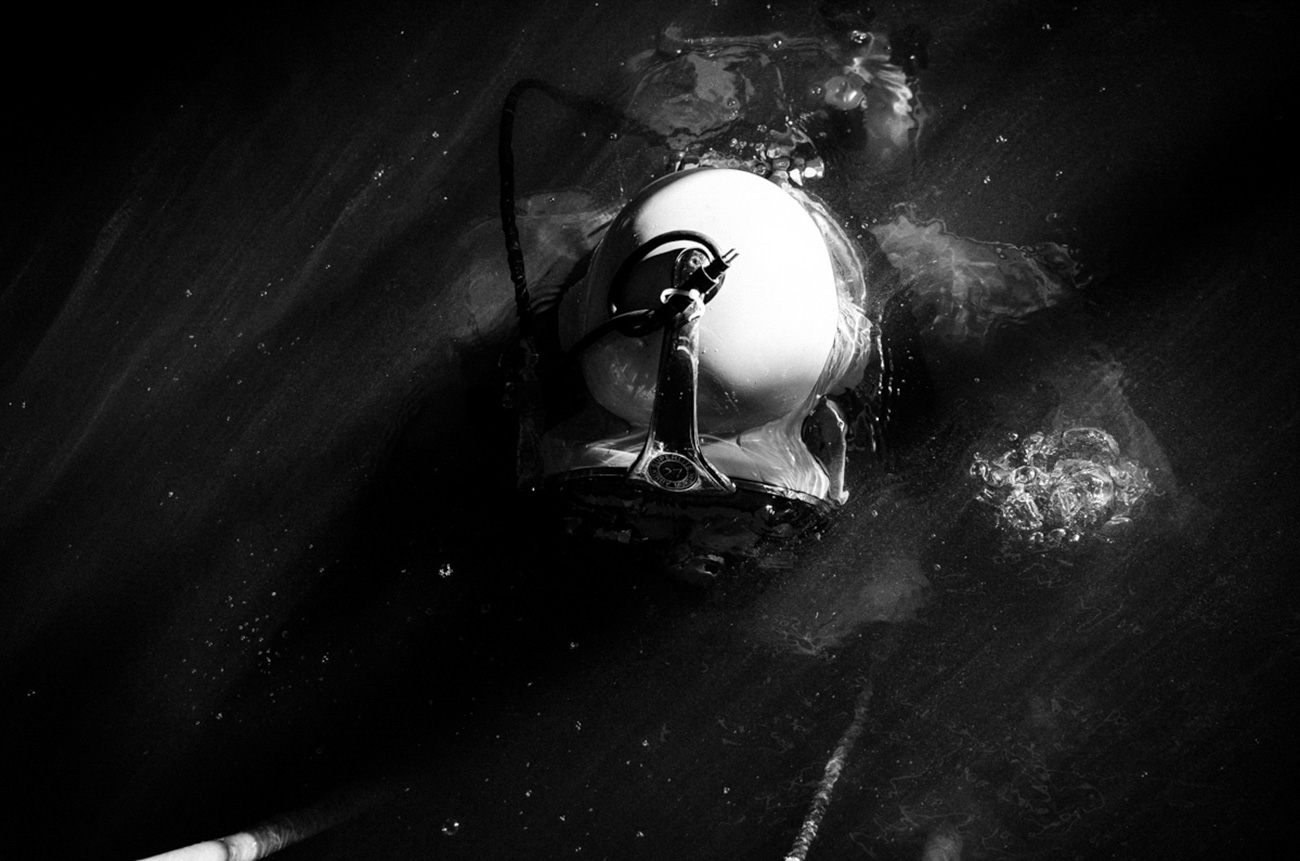 The immersion. / Artem Protsyuk
The immersion. / Artem Protsyuk
The work can be dangerous and DOSAAF has facilities to prepare future frogmen for anything. In one area there's a mock ship facing a dire situation - sinking or on fire (or just for fun, both). And students must calmly and quickly evacuate the ship.
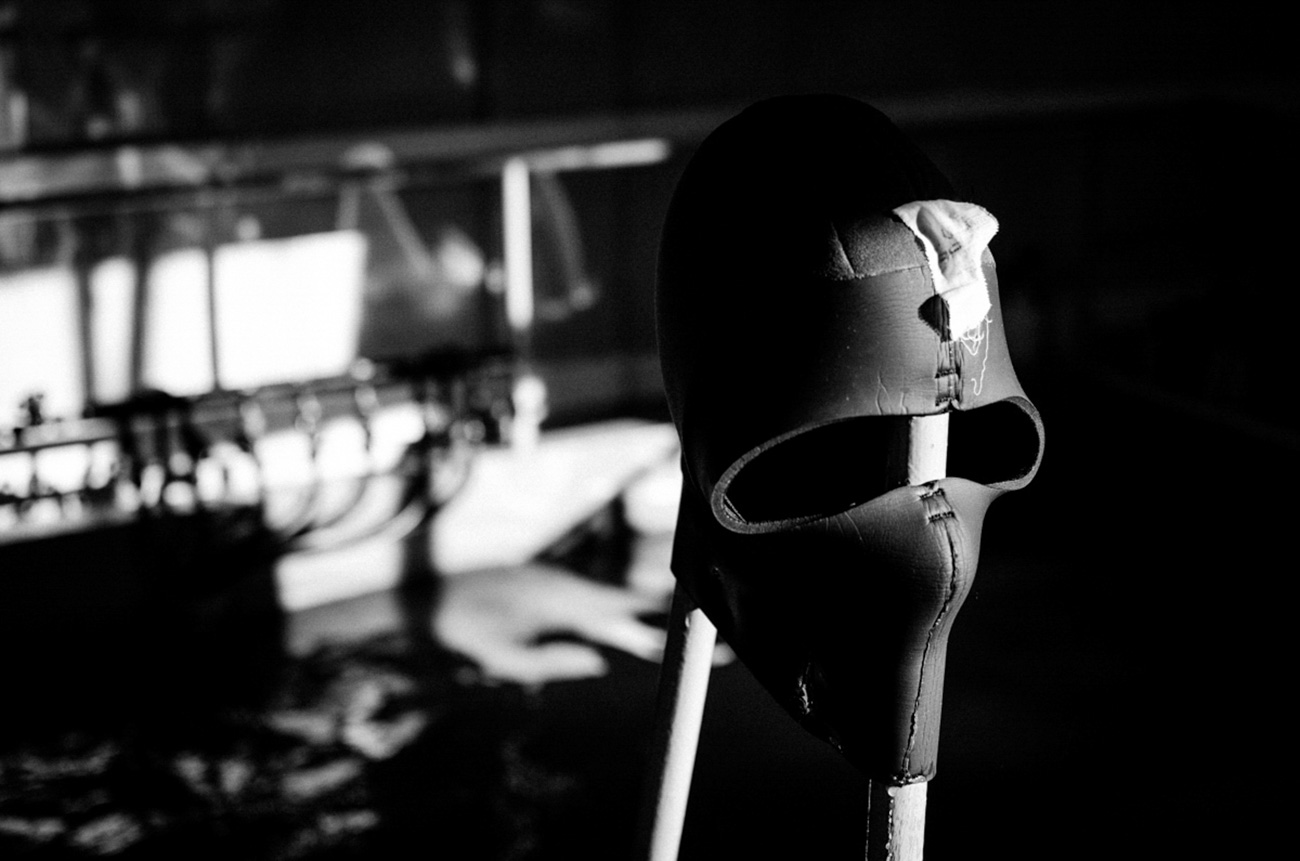 Frogman's mask which he wears under the helmet. / Artem Protsyuk
Frogman's mask which he wears under the helmet. / Artem Protsyuk
Not everyone can be a frogman, however. It requires good health because divers are subjected to heavy pressure on a daily basis. So, one of the first things that DOSAAF requires is a thorough medical examination and tests, including a visit to a pressure chamber. Only if your health is good enough can you continue training.
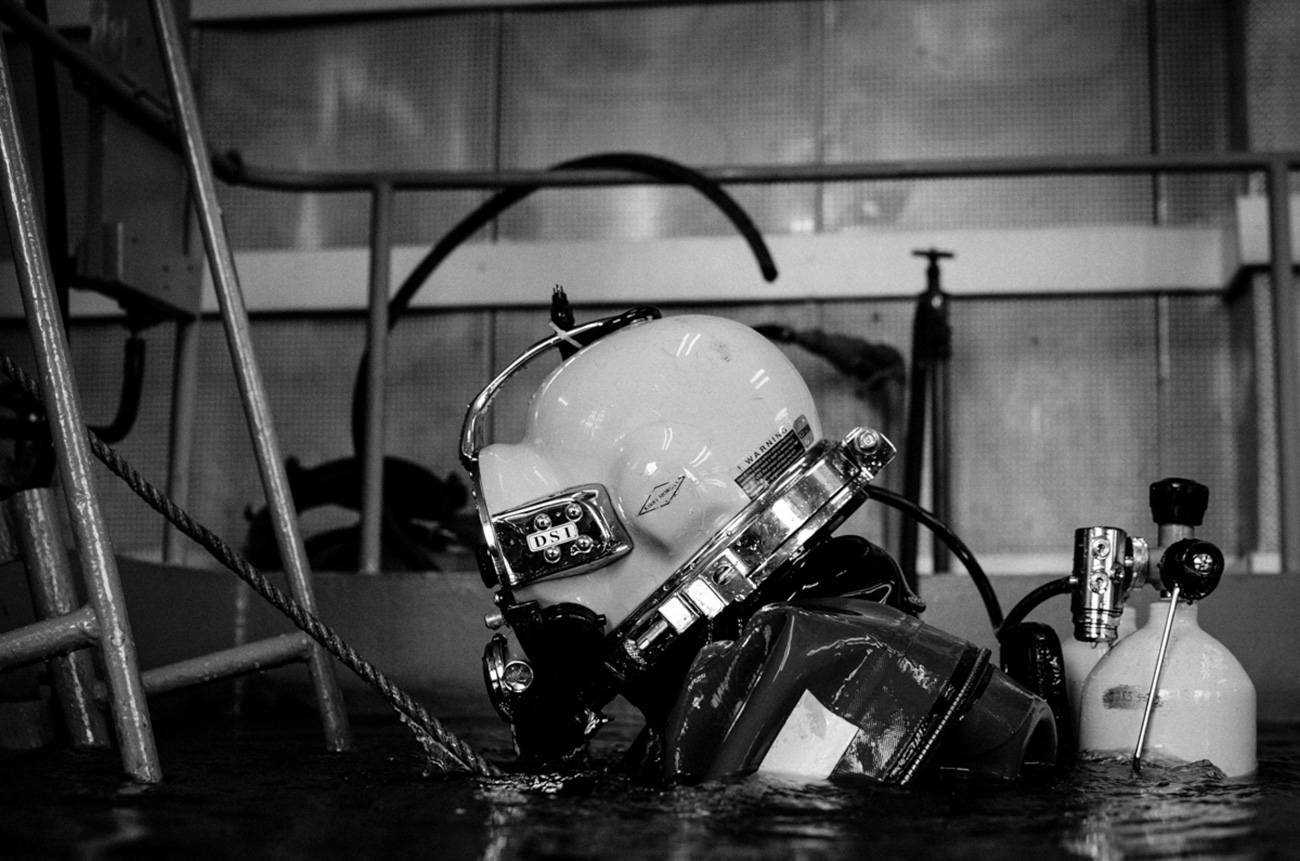 A frogman is slowly leaving the pool. / Artem Protsyuk
A frogman is slowly leaving the pool. / Artem Protsyuk
DOSAAF is historically tied to the Russian military, so close attention is paid to a student's patriotic spirit. “People are not born patriots, they become patriots,” says the school’s website, claiming that the goal is to prepare students to fulfill their military duty.
 A frogman draining water from his suit. / Artem Protsyuk
A frogman draining water from his suit. / Artem Protsyuk
When (if) students successfully pass exams and complete their education, they obtain a certificate confirming professional status as a frogman. After that, all roads are open. The sea waits for them.
If using any of Russia Beyond's content, partly or in full, always provide an active hyperlink to the original material.
Subscribe
to our newsletter!
Get the week's best stories straight to your inbox